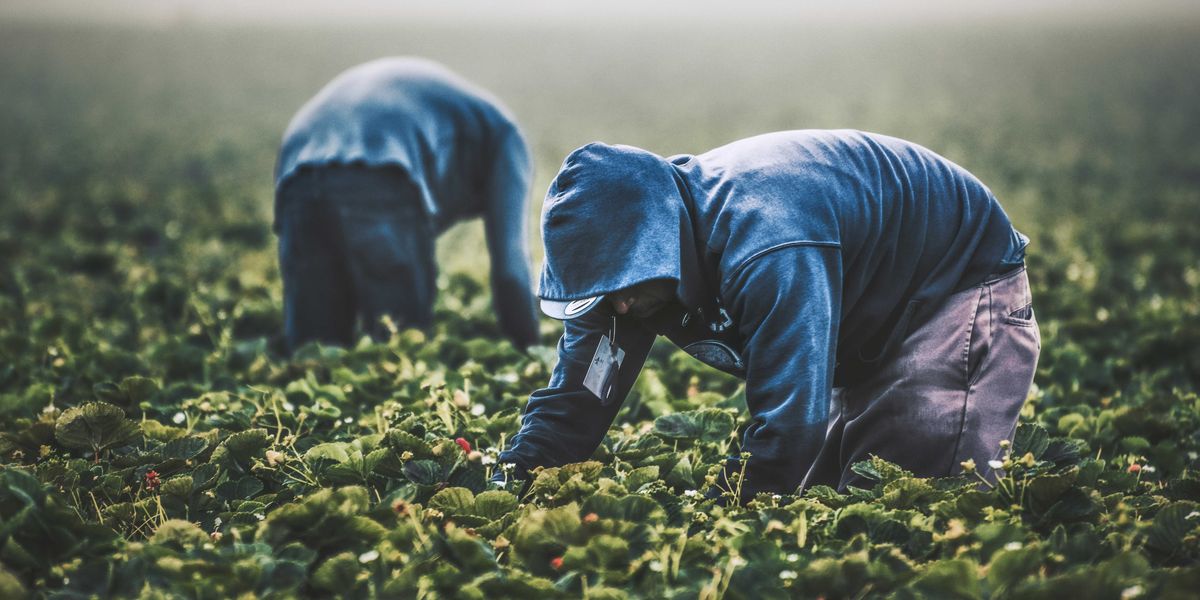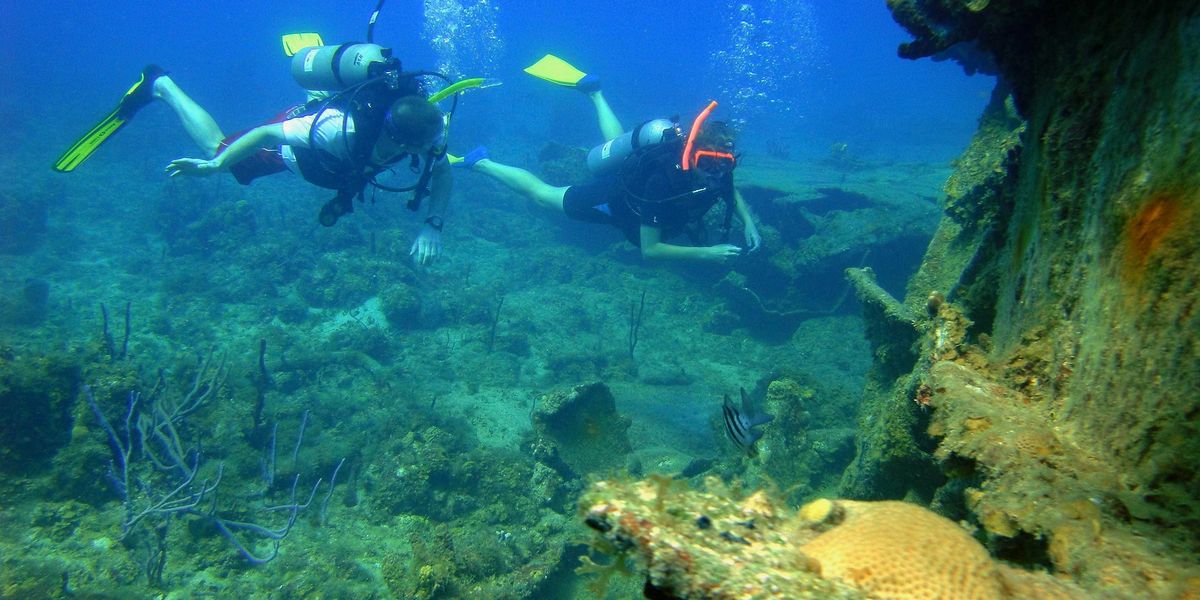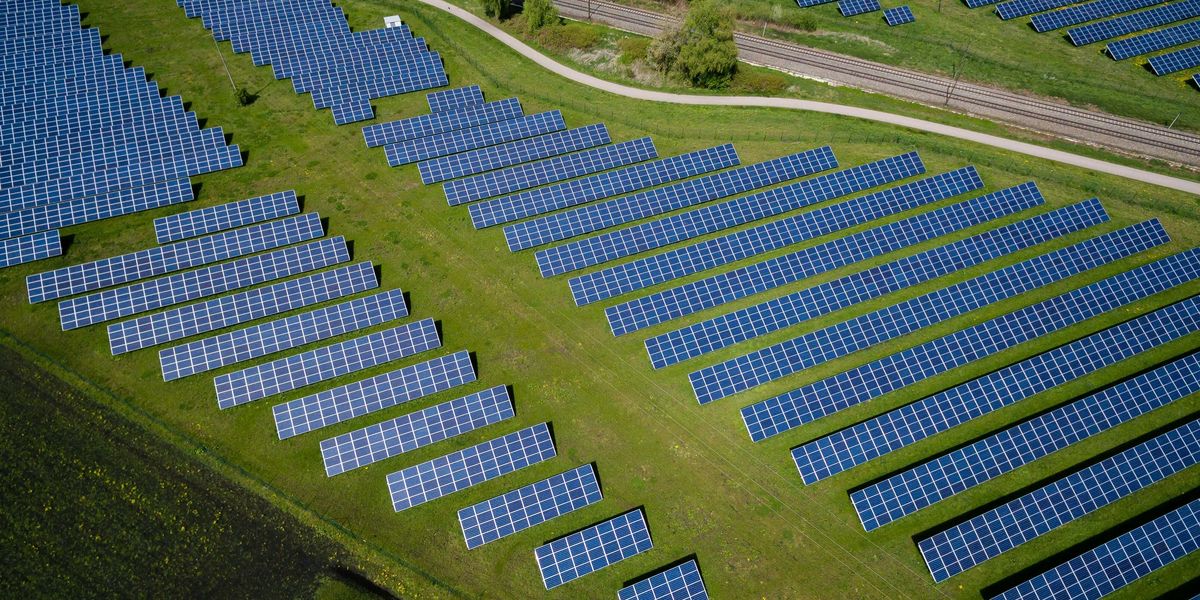Warming climate puts over 3,500 animal species at risk of extinction
More than 3,500 animal species face growing threats from climate change, as new research finds warming temperatures are endangering entire classes of life — from centipedes to coral.
Sharon Udasin reports for The Hill.
In short:
- At least 25% of species in six animal classes, including marine invertebrates and arachnids, are at risk due to climate change, according to an analysis of more than 70,000 species.
- The study highlights increasing mass mortality events — such as die-offs of intertidal animals and seabirds — as key symptoms of ecological stress linked to warming, drought, and extreme weather.
- Researchers stress that the analysis covers just a fraction of described species, signaling a broader and still poorly understood crisis for global biodiversity.
Key quote:
“The cascading effects of more and more mass mortality events will likely affect carbon cycle feedbacks and nutrient cycling. Those effects also likely will have an impact on species interactions such as predation, competition, pollination and parasitism, which are vital for ecosystem function.”
— William Ripple, professor of ecology at Oregon State University
Why this matters:
The destabilization of animal populations caused by climate change signals the unraveling of ecosystems that support all life, including human life. As habitats change faster than many species can adapt or migrate, delicate interdependencies between predators, prey, and pollinators begin to break down. This affects not only biodiversity but also the services ecosystems quietly provide—clean water, fertile soil, disease regulation. The sheer number of species assessed in the study represents only a sliver of Earth’s wildlife, meaning the global scope of climate-linked extinctions may be even greater than we know. Each disrupted population chips away at the resilience of natural systems we depend on for survival.
Read more: Silent Earth: Averting the insect apocalypse













